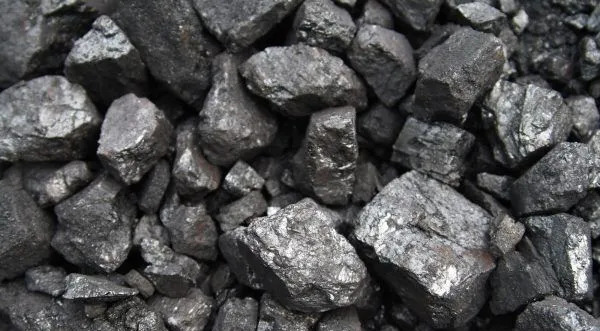
Liquified Natural Gas (LNG)
LNG is natural gas (predominantly methane, CH4, with some mixture of ethane, C2H6) that has been cooled down to liquid form for ease and safety of non-pressurized storage or transport. It takes up about 1/600th the volume of natural gas in the gaseous state at standard conditions for temperature and pressure.

Urea N46% Granular/Prilled
Granular urea, with a 46 percent nitrogen content, is a solid nitrogen fertilizer product. Produced from ammonia and carbon dioxide, it has the highest nitrogen content of any solid nitrogen fertilizer. As a granular product, urea can be applied directly to the soil using conventional spreading equipment.

D6 Virgin Fuel
Virgin fuel oil (D6) is a type of residual fuel, mainly used in power plants and larger ships. It is not possible to use it in smaller engines or vessels/vehicles where it is not possible to pre–heat it.

EN 590 10PPM
EN 590 Gas Oil is a 10 ppm (parts per million) sulphur content gas oil. It has a higher cetane number than A2 Class Gas Oil (another 10ppm sulphur content class of red diesel), making it better suited to internal combustion engines in off-road vehicles

Light Cycle Oil (LCO)
However, LCO is a poor diesel fuel blending component without further processing. Oil refining is an industrial process which involves separation, conversion and finishing.

Jet Fuel Grade 54
Aviation kerosene Grade 54 is a type of jet fuel used in aircraft engines. It is a highly refined form of kerosene that meets strict specifications for use in aviation. Aviation kerosene Grade 54 is used in a variety of aircraft, including commercial jets, military planes, and general aviation aircraft.

Jet Fuel A-1
JET A-1 is a kerosene-type fuel. It is compatible with most jet aircraft, both civil and military, helicopter turbine engines, turboprops and compression-ignition piston engines.
It has a boiling point of 150°C-250°C, a flashpoint over 38.0ºC (100ºF) and a maximum melting point of -47.0ºC.

Petcoke
Petroleum coke, abbreviated coke, pet coke or petcoke, is a final carbon-rich solid material that derives from oil refining, and is one type of the group of fuels referred to as cokes.

